Entry Category: Museums and Historic Sites
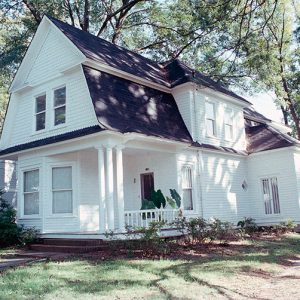 Gatewood House
Gatewood House
Gatewood House
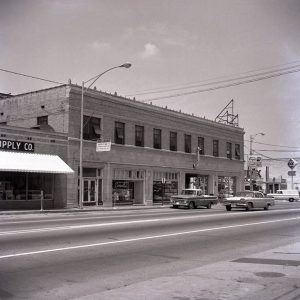 Gay Oil Co. Building
Gay Oil Co. Building
Gay Oil Company Building
Geographical Center of Arkansas Marker
George Berry Washington Memorial
George Klein Tourist Court Historic District
aka: Klein Center
aka: Racheau Center
aka: Green Elf Court
George W. Mallett House
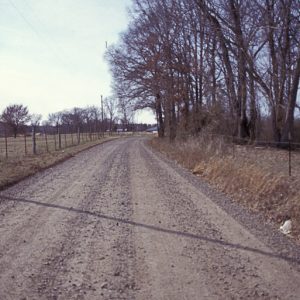 Gibson Road—Fourth Street
Gibson Road—Fourth Street
Gillham City Jail
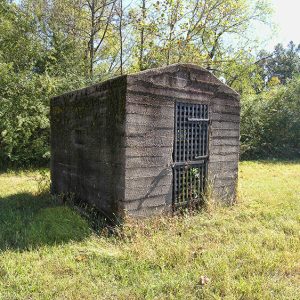 Gillham City Jail
Gillham City Jail
 Girls Domestic Science and Arts Building
Girls Domestic Science and Arts Building
Girls Domestic Science and Arts Building (Arkansas Tech University)
aka: Old Art Building (Arkansas Tech University)
aka: Browning Hall (Arkansas Tech University)
Glenwood Iron Mountain Railroad Depot
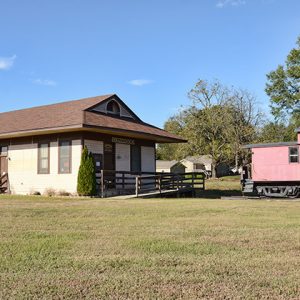 Glenwood Iron Mountain Railroad Depot
Glenwood Iron Mountain Railroad Depot
 Golf Course Shelter
Golf Course Shelter
 Golf Course Shelter
Golf Course Shelter
 Golf Course Spillway
Golf Course Spillway
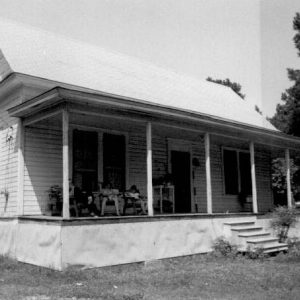 Goodgame House
Goodgame House
 Goodgame House Outbuilding
Goodgame House Outbuilding
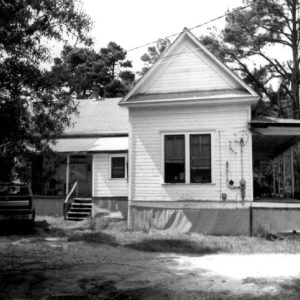 Goodgame House Side View
Goodgame House Side View
Goodlett Gin
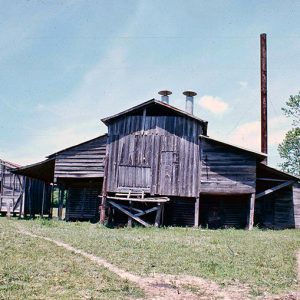 Goodlett Gin
Goodlett Gin
Governor’s Mansion Historic District
Grand Army of the Republic Monument (Judsonia)
Grand Army of the Republic Monument (Siloam Springs)
Grant County Museum
 Grapette Display
Grapette Display
Gravette Historical Museum
aka: Kindley House
Great Southern Hotel
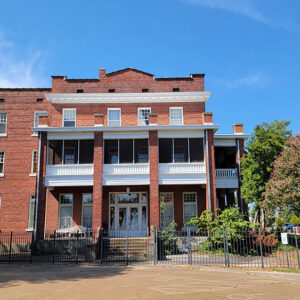 Great Southern Hotel
Great Southern Hotel
 Greek Amphitheatre
Greek Amphitheatre
Greek Amphitheatre (Magnolia)
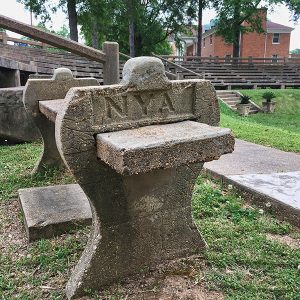 Greek Amphitheatre Bench
Greek Amphitheatre Bench
 Greek Amphitheatre Entrance
Greek Amphitheatre Entrance
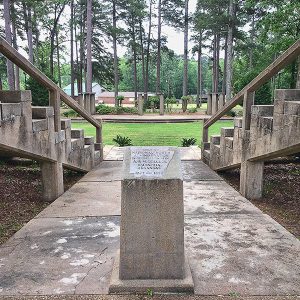 Greek Amphitheatre Marker
Greek Amphitheatre Marker
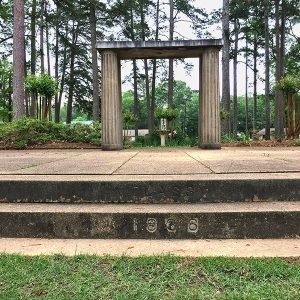 Greek Columns
Greek Columns
Green Forest Water Tower
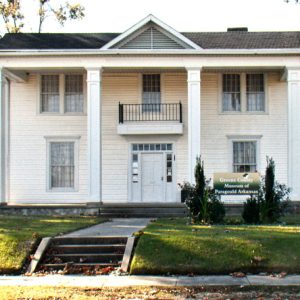 Greene County Museum
Greene County Museum
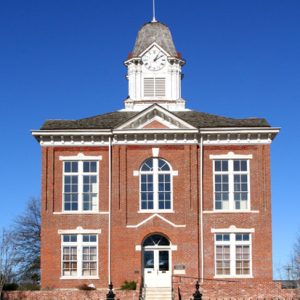 Greene County Courthouse (1888)
Greene County Courthouse (1888)
Greene County Courthouse (1888)
Greene County Museum
Greens at North Hills
aka: Sylvan Hills Country Club Golf Course
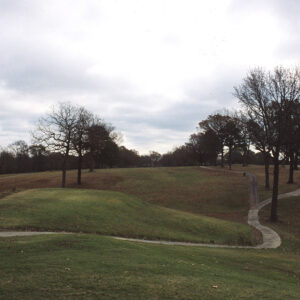 Greens at North Hills
Greens at North Hills
Greenwood Gymnasium
aka: Old Rock Gym
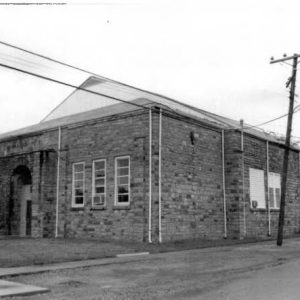 Greenwood Gymnasium
Greenwood Gymnasium
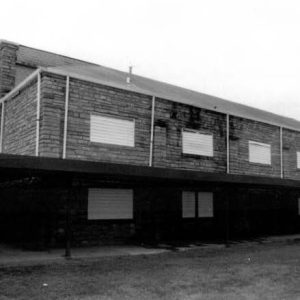 Greenwood Gymnasium Rear View
Greenwood Gymnasium Rear View
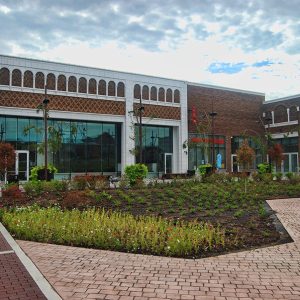 Griffin Auto Company Building
Griffin Auto Company Building




